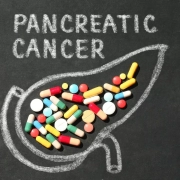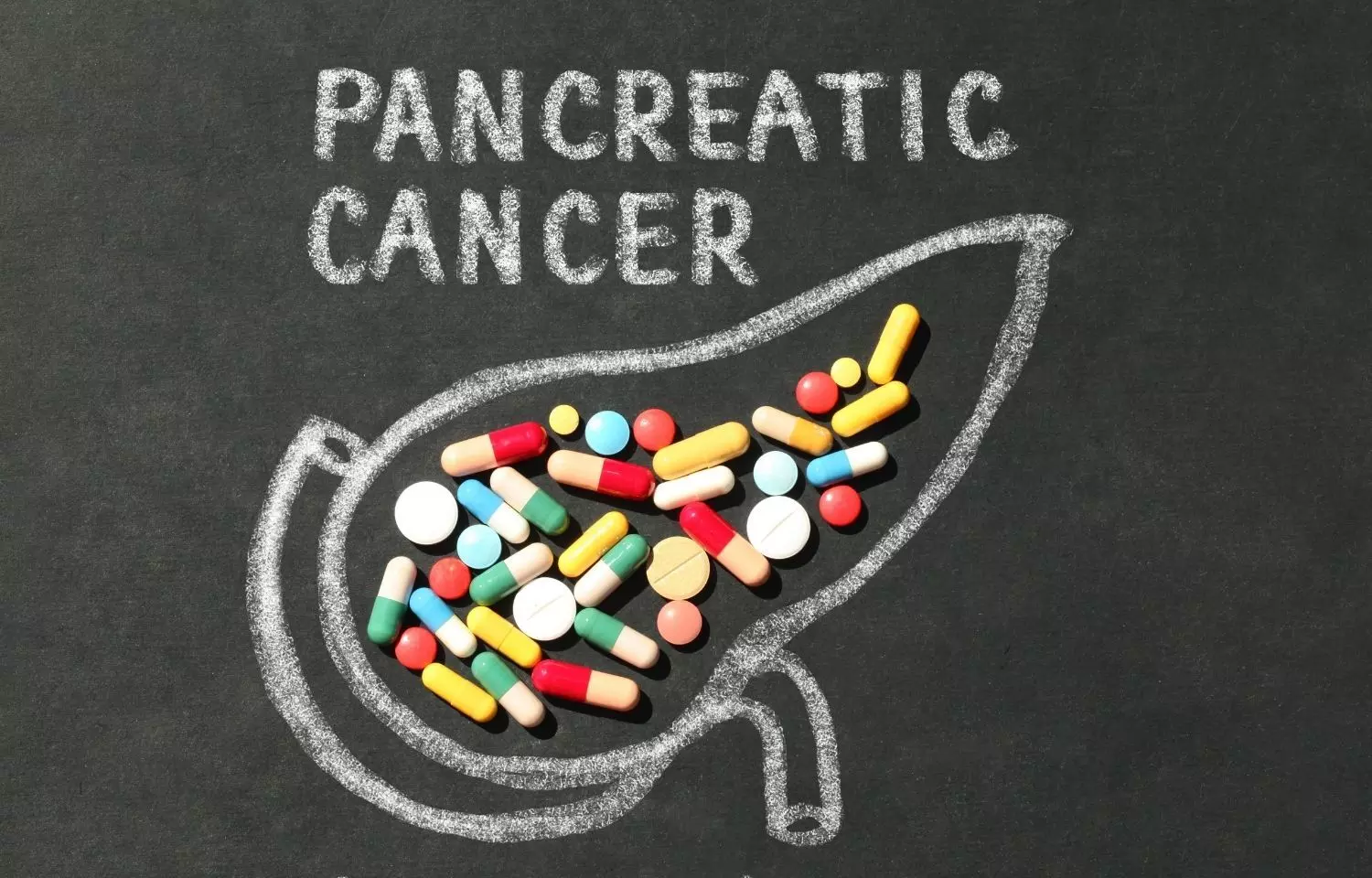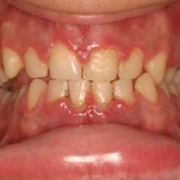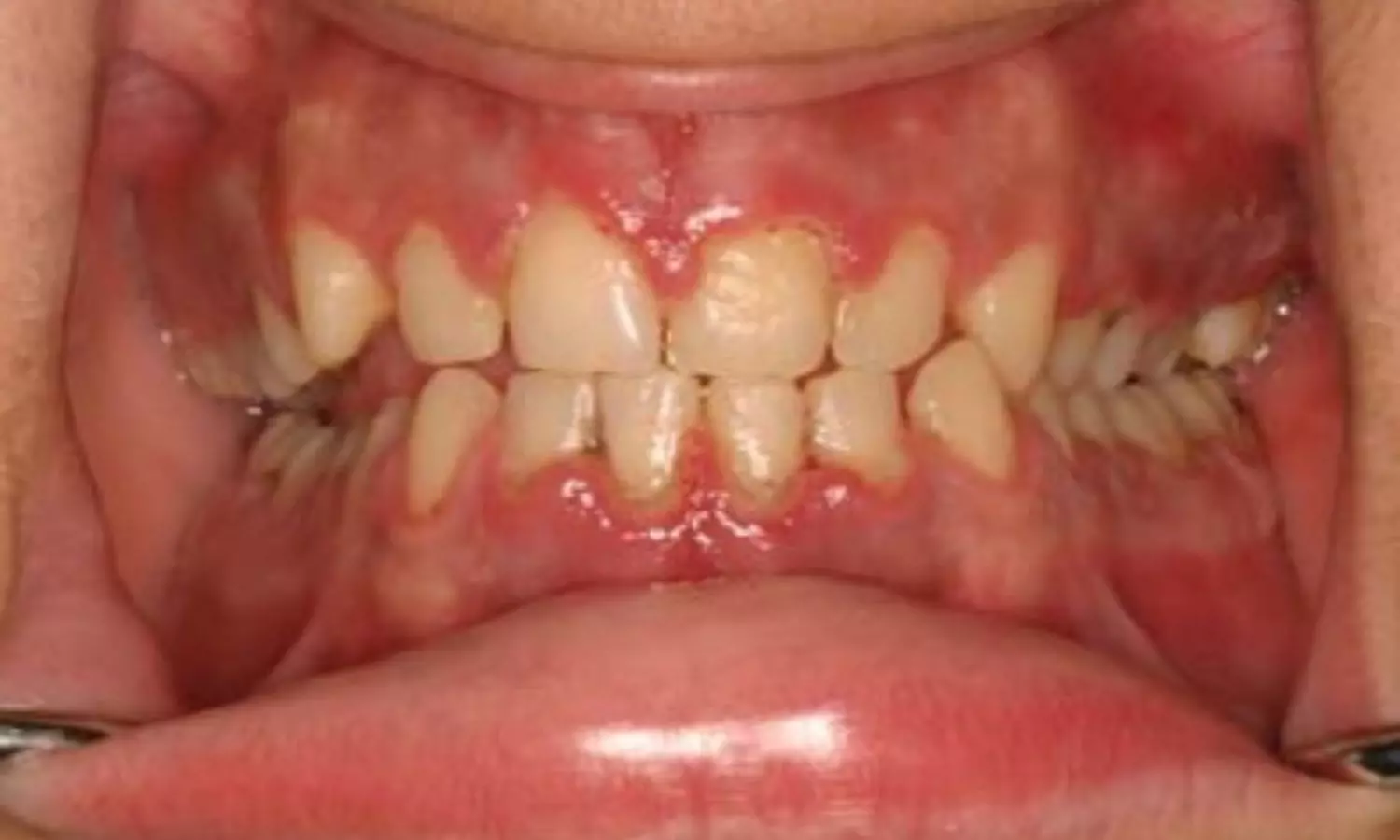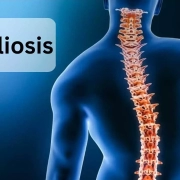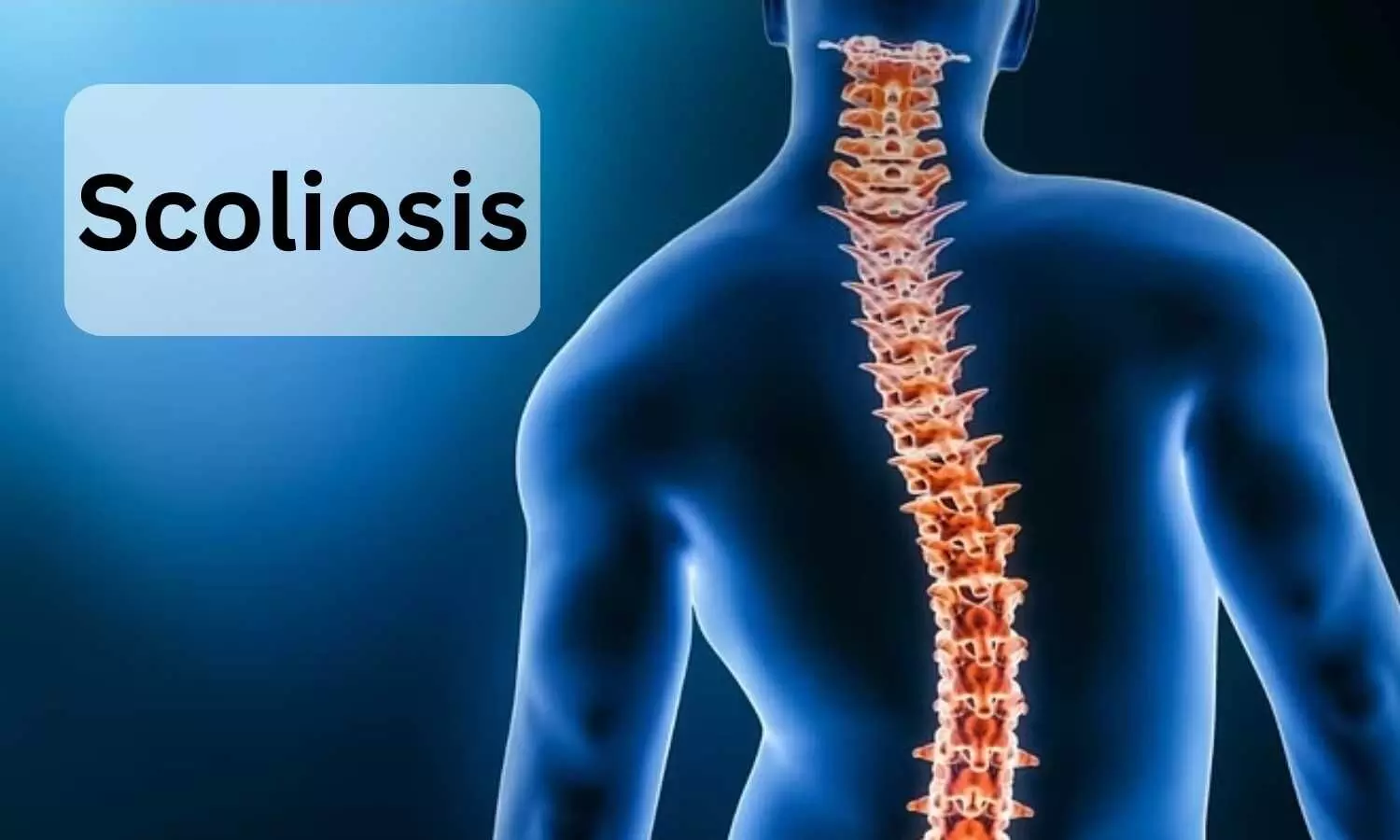ALR RSI score may help evaluate psychological readiness to return to sport after acute Achilles tendon tear

The return to sport is one of the main goals following Achilles tendon tear repair. Several psychological factors influence the return to sport after a sports injury. The traditional tools to assess the return to sport do not take into account psychological factors. The ankle ligament reconstruction-return to sport injury (ALR-RSI), validated for ankle instability, is a score to evaluate psychological readiness to return to sport.
E. Shitrit et al conducted a study to validate the ALR-RSI score for the assessment of the readiness to return to sport after Achilles tendon repair. The study been published in “Knee Surgery, Sports Traumatology, Arthroscopy” journal.
The ALR-RSI score, adapted from the anterior cruciate ligament-return to sport injury (ACL-RSI) score used following knee ligament reconstruction, was validated according to the international COSMIN methodology. Patients operated for Achilles tendon repair responded to the questionnaire during the rehabilitation period. The EFAS, FAAM and VISA-A scores were used as reference questionnaires.
Open surgical repair of a recent Achilles tendon tear was performed in all patients of different centres. Patients were immobilised in a boot-with-heel lifts and no weight-bearing for 3 weeks, then, in same position with weight-bearing allowed. Afterwards, they followed an equivalent rehabilitation protocol, including joint range of motion recovery and muscle strengthening.
Key findings of the study were:
• 50 patients were included in the study, 8 women and 42 men.
• The level of sports activity of the patients were:
Five patients (10%) were professional athletes (1 basket, 2 handball, 2 football),
20 patients (40%) practised a sport at the competitive level, and
25 (50%) at the amateur level.
• Eleven of the 50 patients (22%) had returned to sport at 6.8 months of follow-up. Four (36.4%) of these patients returned to sport at the preinjury level of play and 7 patients (63.6%) at a lower level of play.
• No correlation was found between the type, level of sport, and the return to sport.
• The ALR-RSI score was strongly (r>0.5) correlated to the EFAS score: r=0.68 [0.50–0.80] the FAMM sport score: r=0.7 [0.52–0.84] the FAAM AVQ score (r=0.6 [0.35–0.78]), and the VISA A score (r=0.54 [0.26–0.76]).
• The discriminant validity was good with the ALR-RSI, which was significantly lower in the patients that did not return to sport: 60.7 (40–81.4) compared to those that did: 83.2 (64.3–100) p=0.001.
• Reproducibility was excellent with an intra-class correlation coefficient ρ of 0.99 [097–1.00]. The internal consistency was excellent (alpha coefficient=0.95).
The authors concluded – “The results of this series show that the ALR-RSI score is a valuable tool to assess the psychological readiness to return to sport in patients who undergo surgical Achilles tendon suture repair.”
Level of evidence – III.
VISA-A Victorian institute of sport assessment-Achilles
EFAS European Foot and Ankle Society
FAAM Foot ankle ability measurement
Further reading:
The ALR RSI score can be used to evaluate psychological readiness to return to sport after acute Achilles tendon tear
E. Shitrit, E. Valentin et al
Knee Surgery, Sports Traumatology, Arthroscopy (2023) 31:4961–4968
https://doi.org/10.1007/s00167-023-07548-z
Powered by WPeMatico


